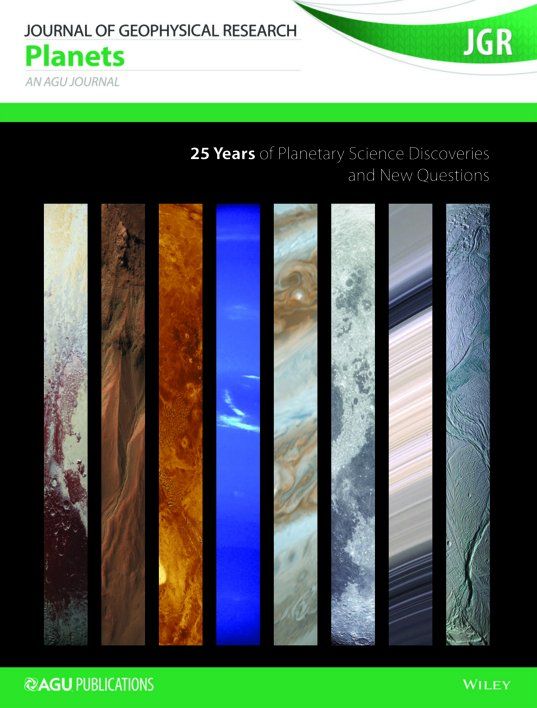agupubs.onlinelibrary.wiley.com/doi/10.1029/...

agupubs.onlinelibrary.wiley.com/doi/10.1029/...

#Mars @MarsCuriosity @StanfordEarth
x.com/jgrplanets/sta…
#Mars @MarsCuriosity @StanfordEarth
x.com/jgrplanets/sta…
doi.org/10.1029/2024... #JGRplanets

doi.org/10.1029/2024... #JGRplanets



